|
My daughter and I went to Budapest last week for our annual May trip. We did all the touristy things, ate wonderful food seasoned with paprika, and especially enjoyed the Szechenyi thermal baths! Everywhere we walked there were inspirations for making quilts. Above is the roof of the Market Hall. We went to a local village call Szentendre one morning, that specializes in Hungarian folk art. I was drawn to this shop called Kovacs kekfesto (www.kekfestokovacs.hu), Bogdanyi St. 36. It sells typical Hungarian fabrics in blue prints, dyed by the family that has owned the shop since 1878. There were clothes, tablecloths and accessories for sale, and more importantly, yardage for quilting! They had a small "museum" area with old fabrics and the blocks that were used to make the prints. The owner posed with the quilting fabrics dyed by her family. All over Szentendre and Budapest there were ceramics, embroideries and crocheted items for sale, often by the women who actually made them. Believe it or not, this was created using six kilos of marzipan. It took Angela Berecz 56 hours to make, and it really does look like needlepoint. It's in the Marzipan Museum in Szentendre. Even the frame is marzipan. Saw this from a boat ride on the Danube. Gorgeous building inspired by patchwork! Decorative designs made of tiles could be found all over the city--this was taken from the top of a bus.
5 Comments
Following on from my last texture experiment, this time I am puff texturing, using hand-dyed fabric and a metal grill from my oven. To start, I wet the fabric thoroughly, then wrung it out so it was still damp. I placed the fabric on the grill, and using the eraser end of a pencil, began to poke the fabric in between the wires. It's important to hold the fabric in place as you do this so you don't pull up the bits that you pushed down previously - you have to practice with this as it can be frustrating! This is what it looks like when all the bits have been pushed through the wires. Next, cut a piece of lightweight fusible interfacing and press it on the fabric which is still tucked into the metal grill. (By the way, I'm wearing a bandage on my left hand as I had recently had a carpal tunnel operation - you don't have to wear gloves for this process!) If you wish, you can decorate the puffed areas before removing the fabric from the grill. Turn the grill over. Pour some fabric paint into a tray and roll a foam roller in it until the roller is coated. Then gently glide the roller over the puffed areas. I used a metallic copper paint here. You can see how it's just picked up some of the puffed areas. I then poured some deColourant into a tray and rolled another foam roller in that until it was coated. This photo shows rolling the deColourant on the fabric. deColourant is a discharge paste that will remove the dye from the fabric using heat and steam. Below is a close-up showing how the deColourant looks before heating. I allowed the fabric paint and the deColourant to dry overnight, then gently pulled the puffed fabric off the grill - the puffs are held in place by the fusible interfacing. I hovered a hot steam iron over the area coated with the discharge paste, moving it around until the fabric had discharged and turned whitish, but not pressing down on the puffs. If you look at the top photo of this post, you can see the white discharged areas on the right side. I could have left the fabric that way and used it for patchwork or applique, but I decided to pull off the fusible web and press the fabric flat to see what it looked like. Here's the result showing the discharged areas. I quite like the squiggles and will have fun using this in a future project. You could also press the fabric flat without removing the interfacing for a flattened textured effect.
By the way, if you decide to work with the puff textured fabric in 3D (without flattening it as I did), use a sewing machine to stay-stitch just inside the area you are planning to cut so that you don't lose the puffiness; be sure to leave a 1/4"/6mm seam allowance for patchwork or if you are planning to turn the edges under for an applique. |
Archives
March 2023
Categories
All
|
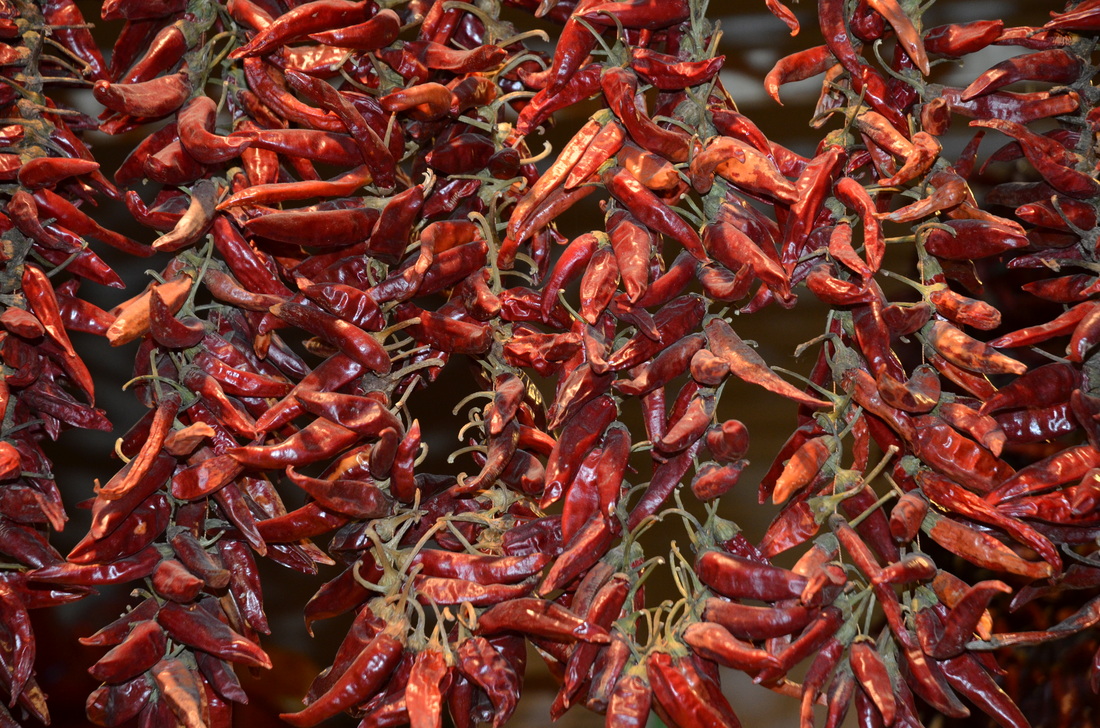
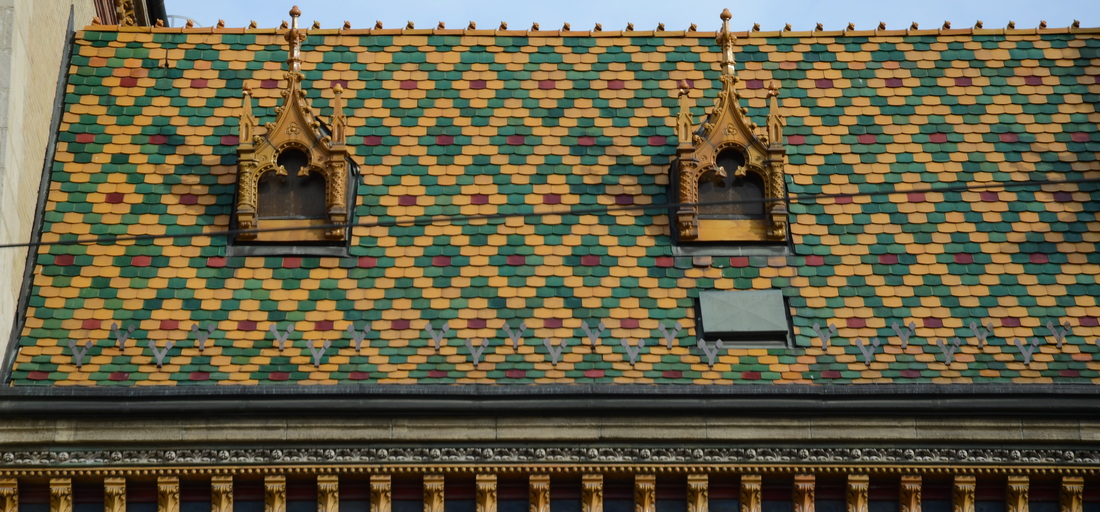
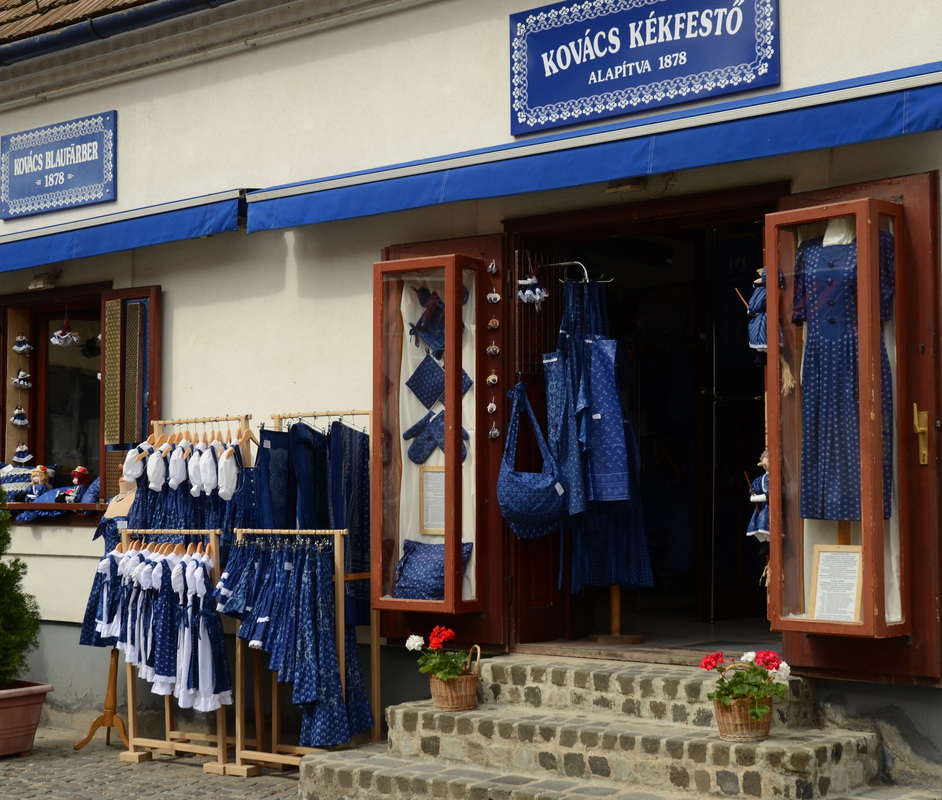
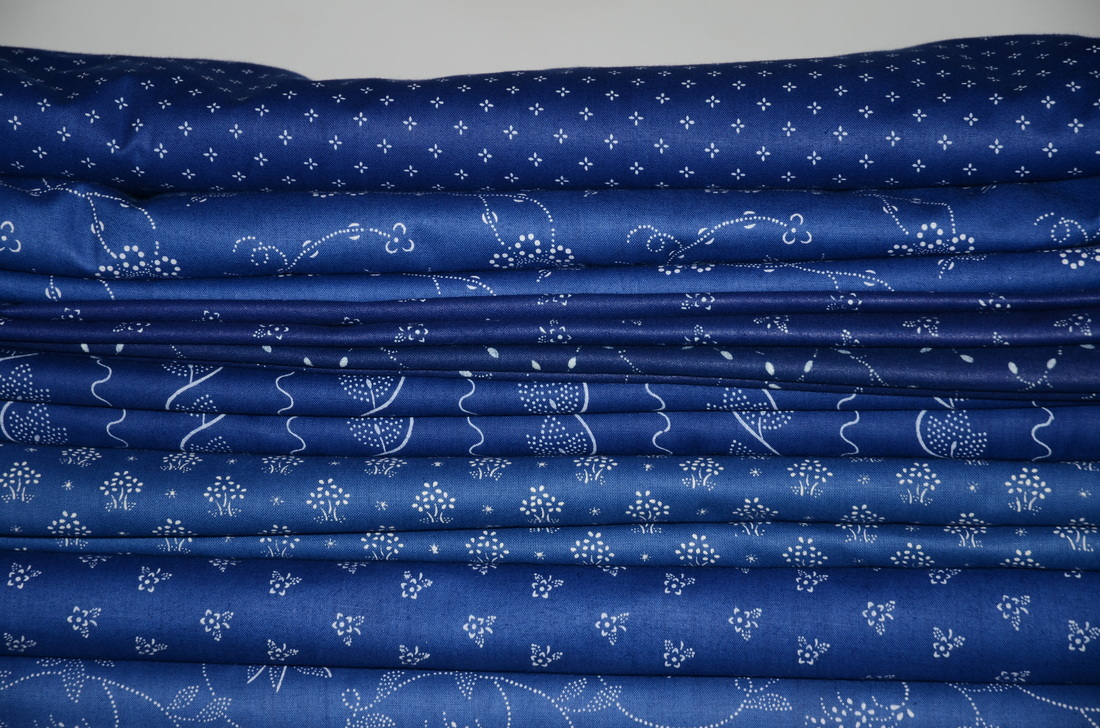
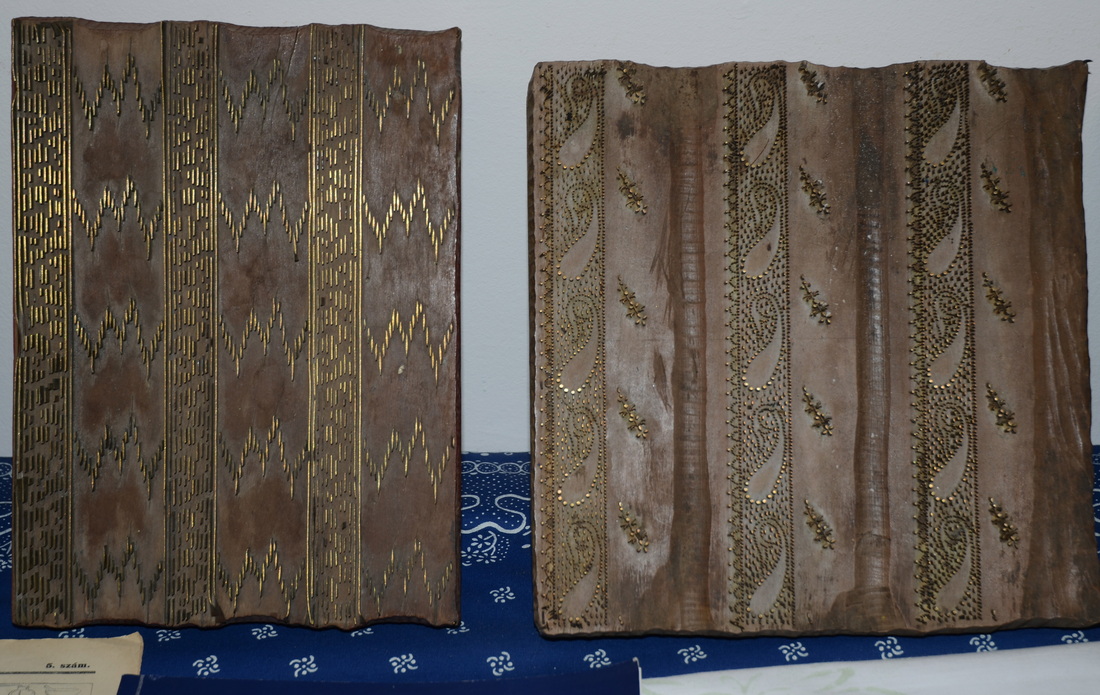
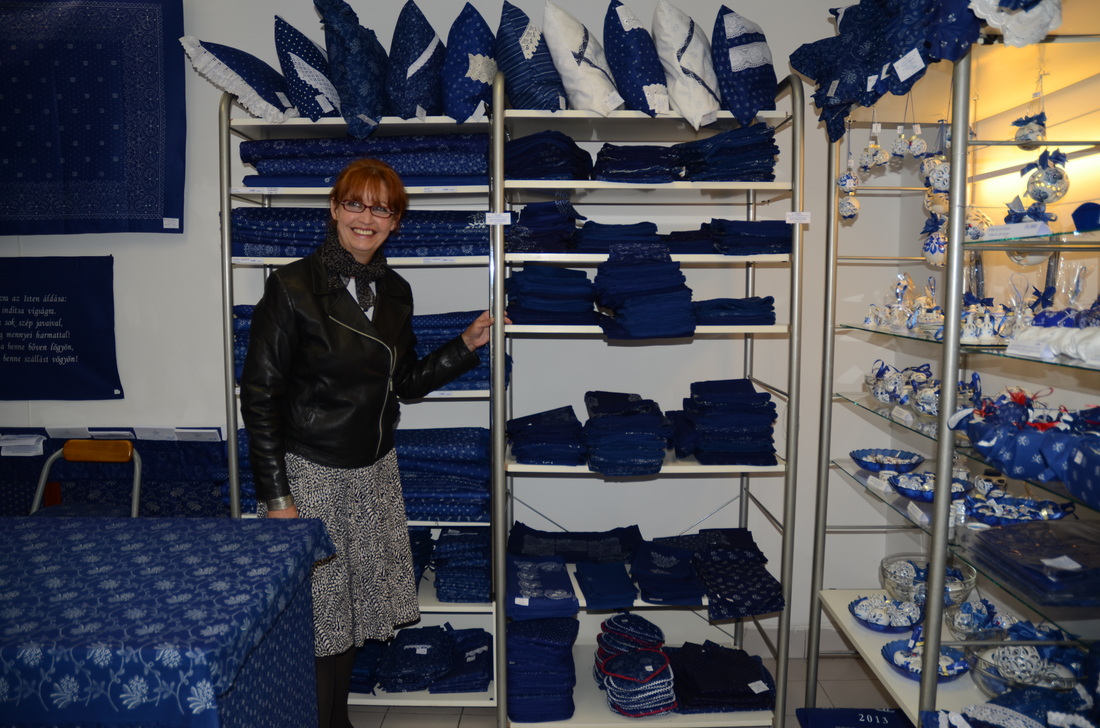
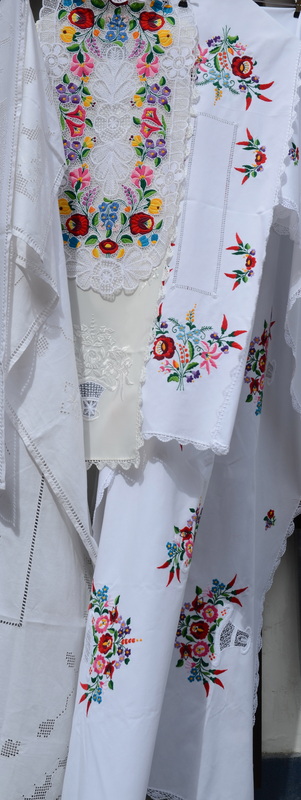
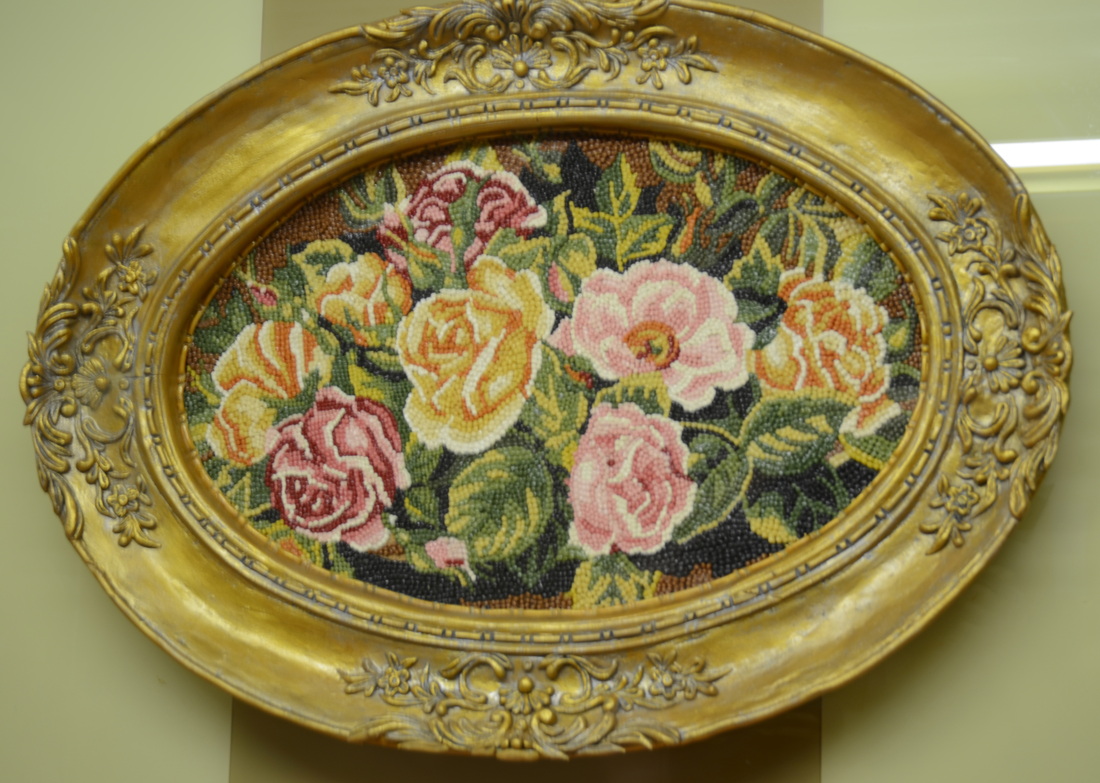
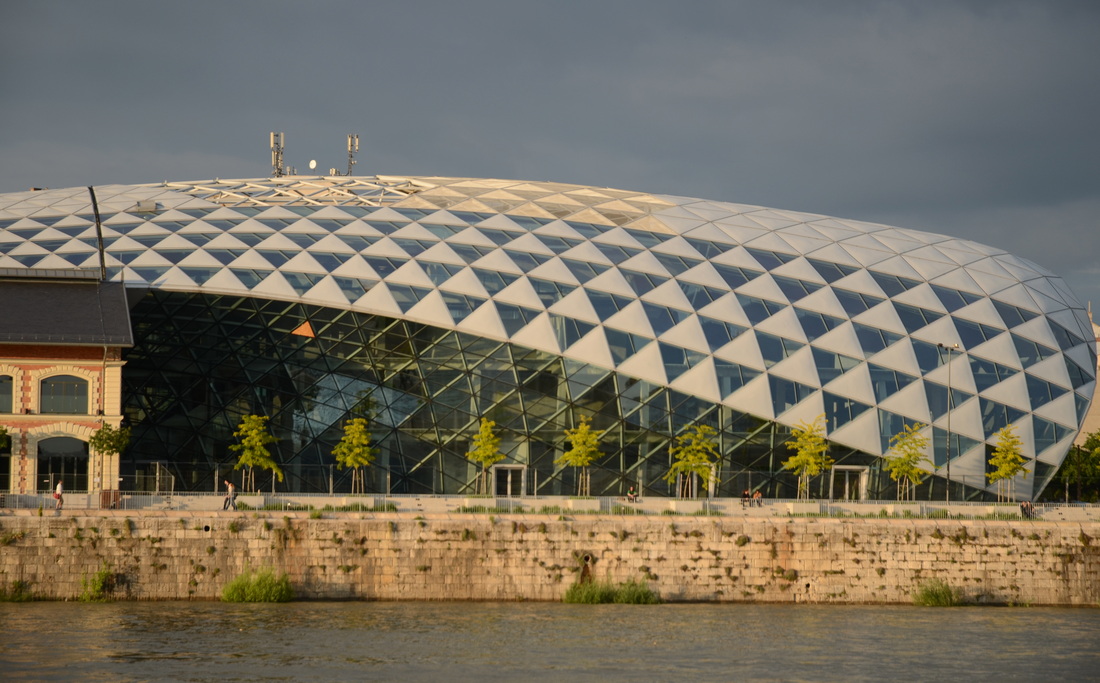
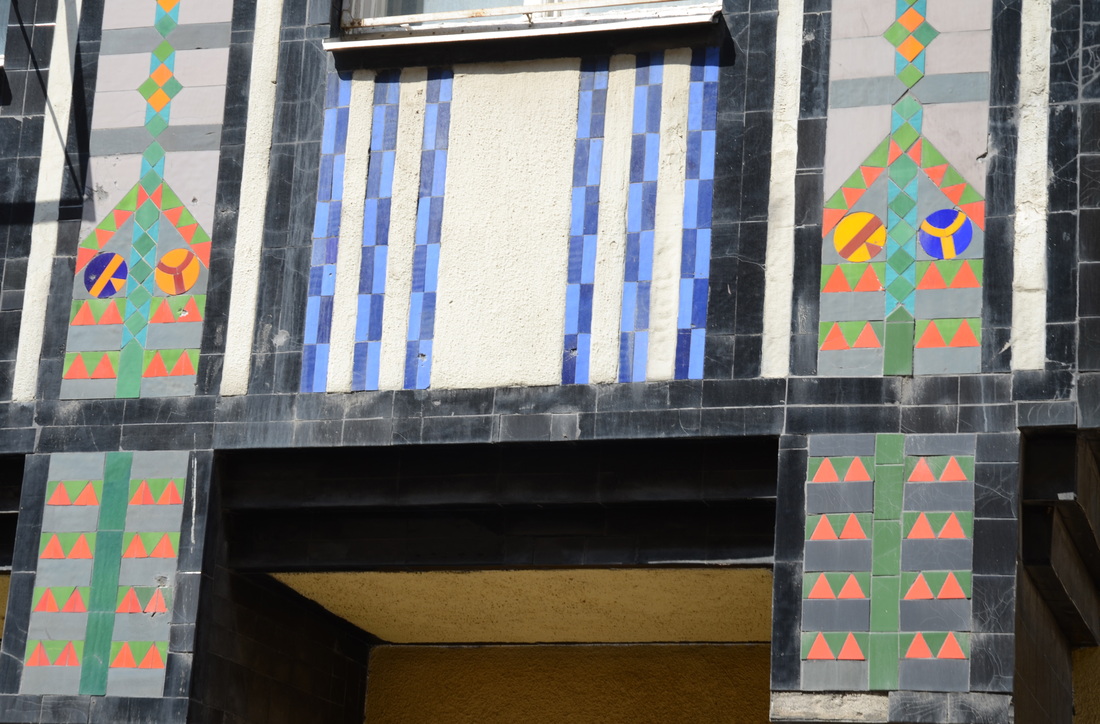
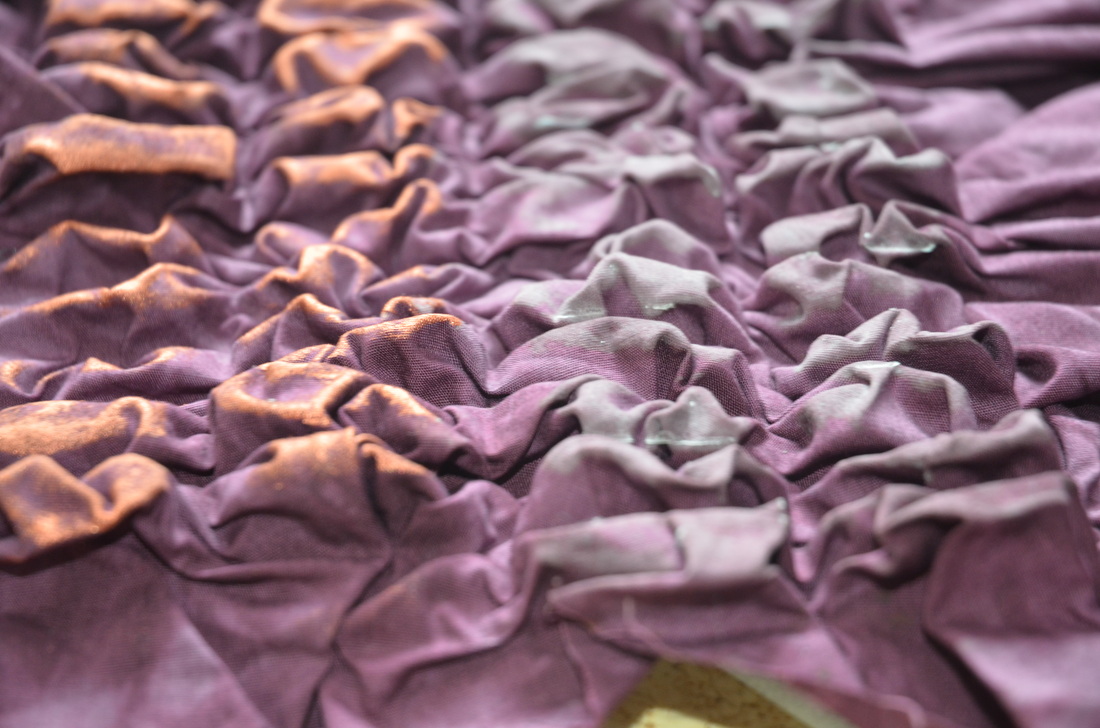
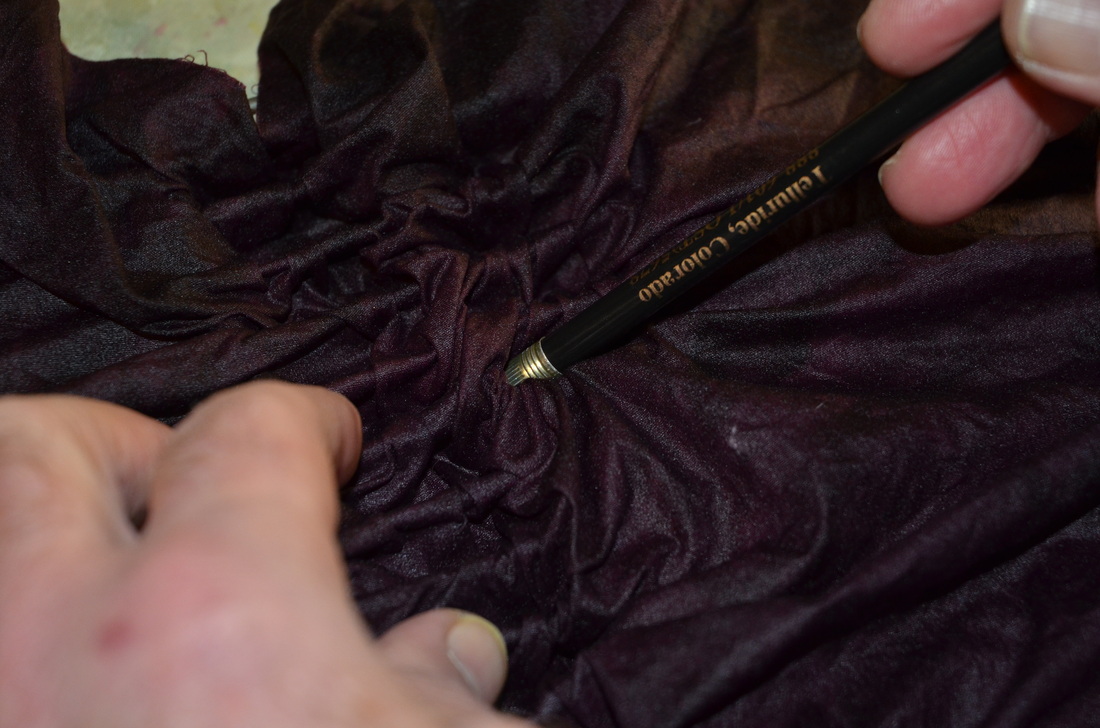
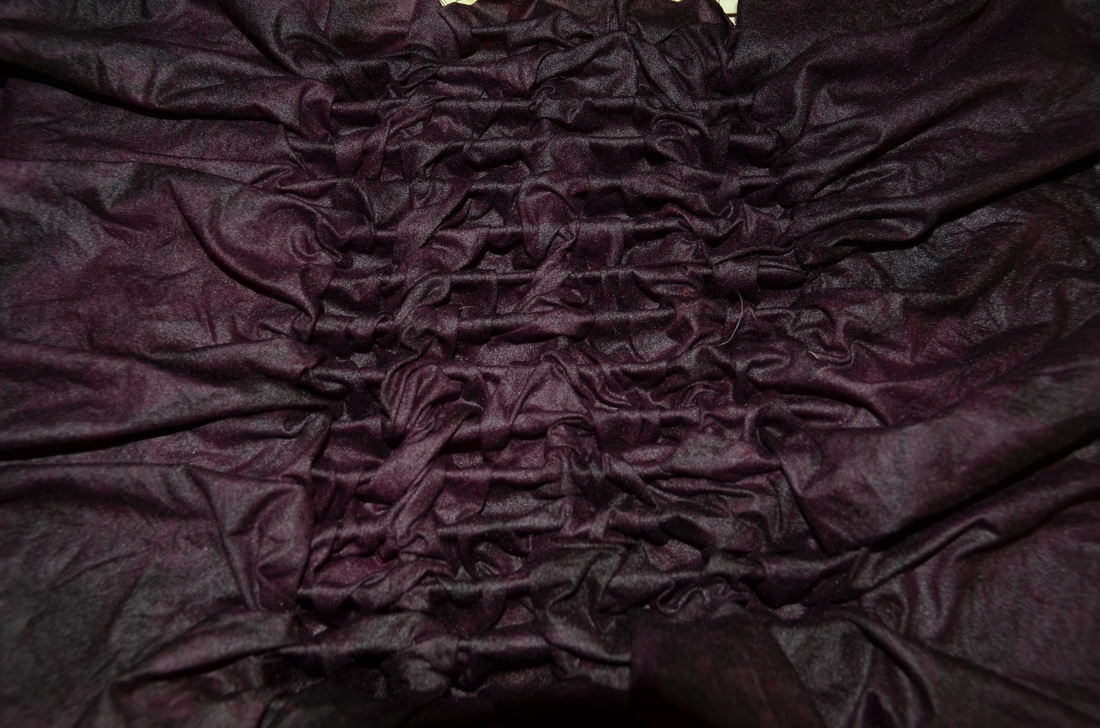
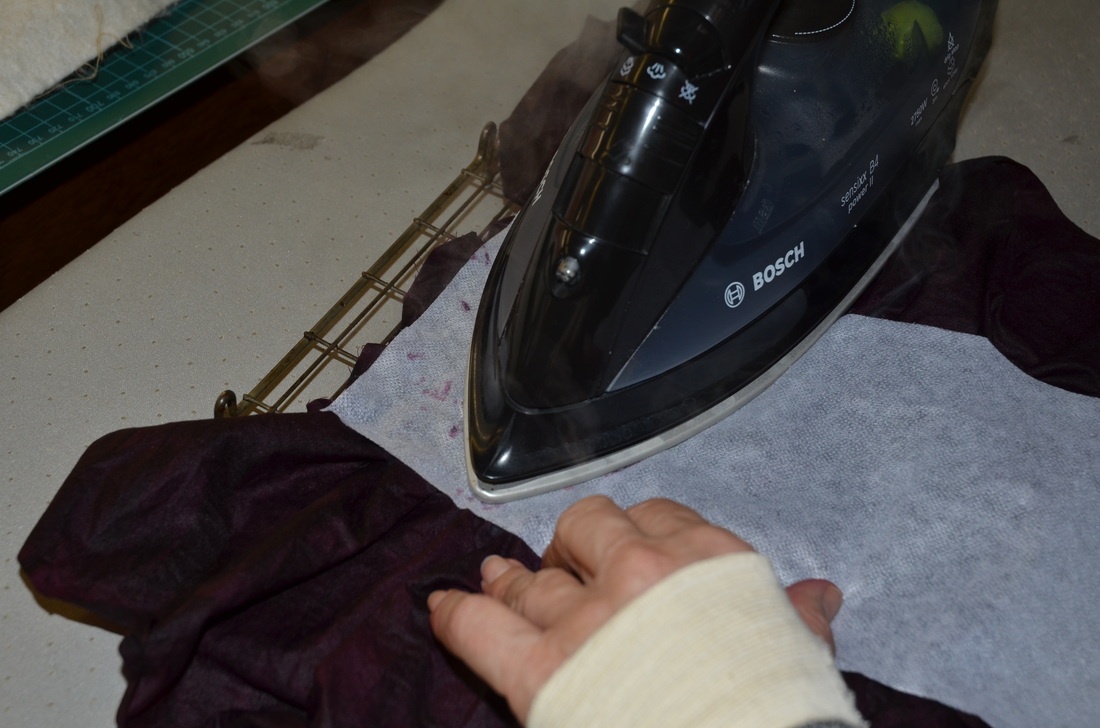
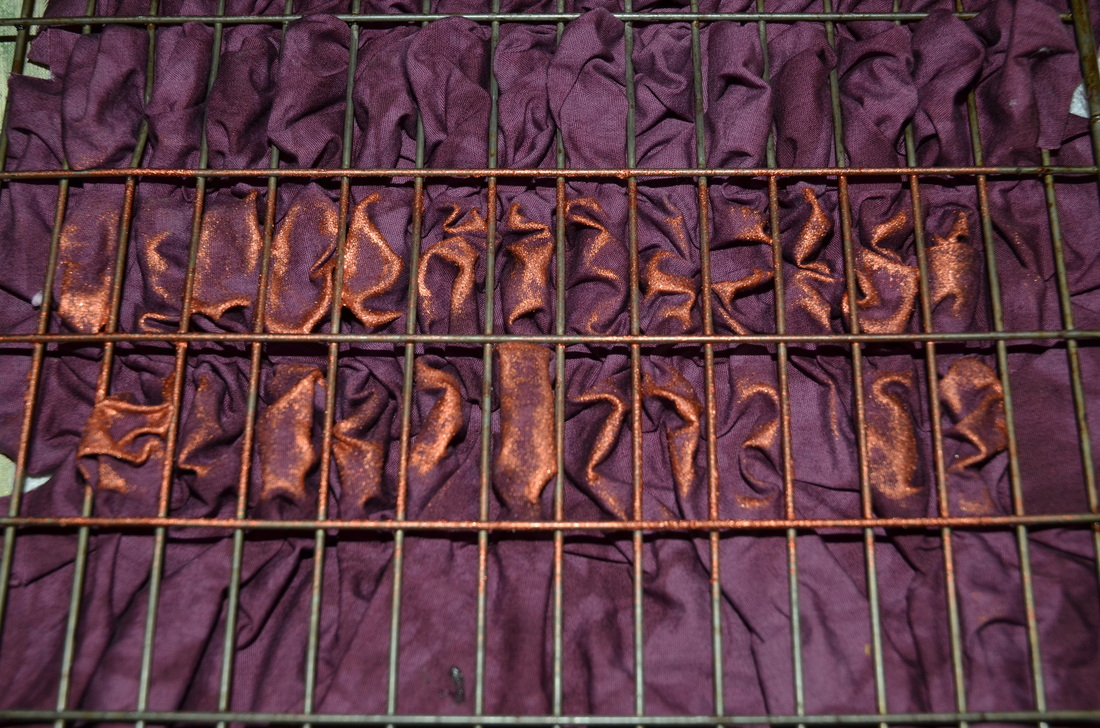
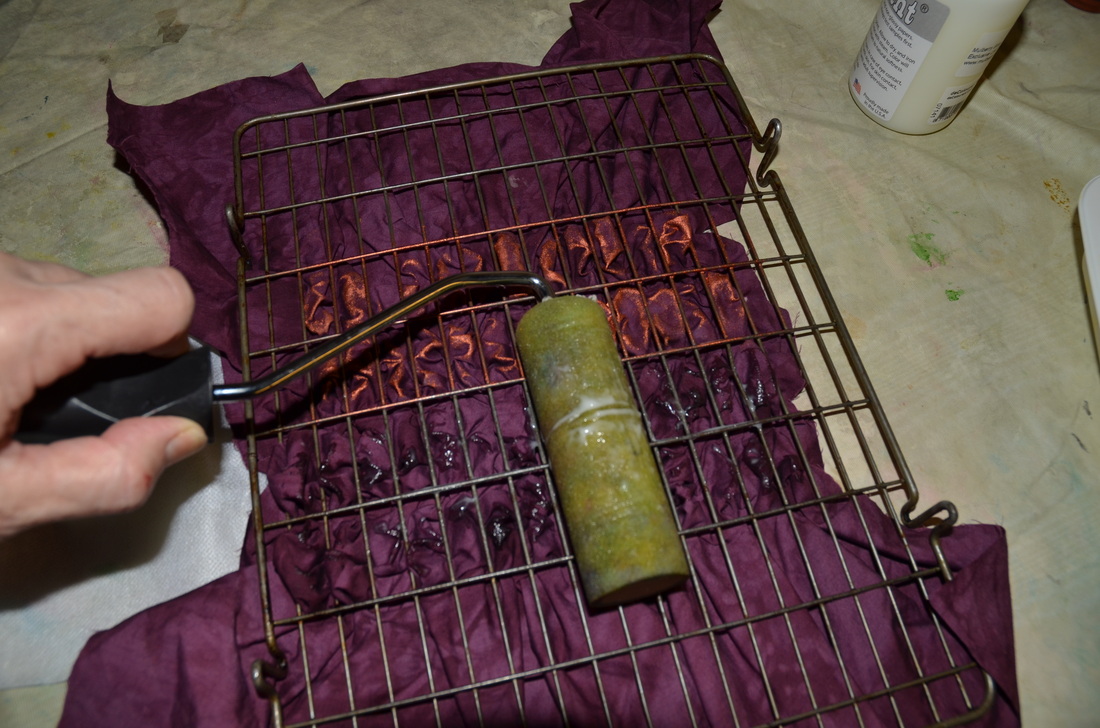
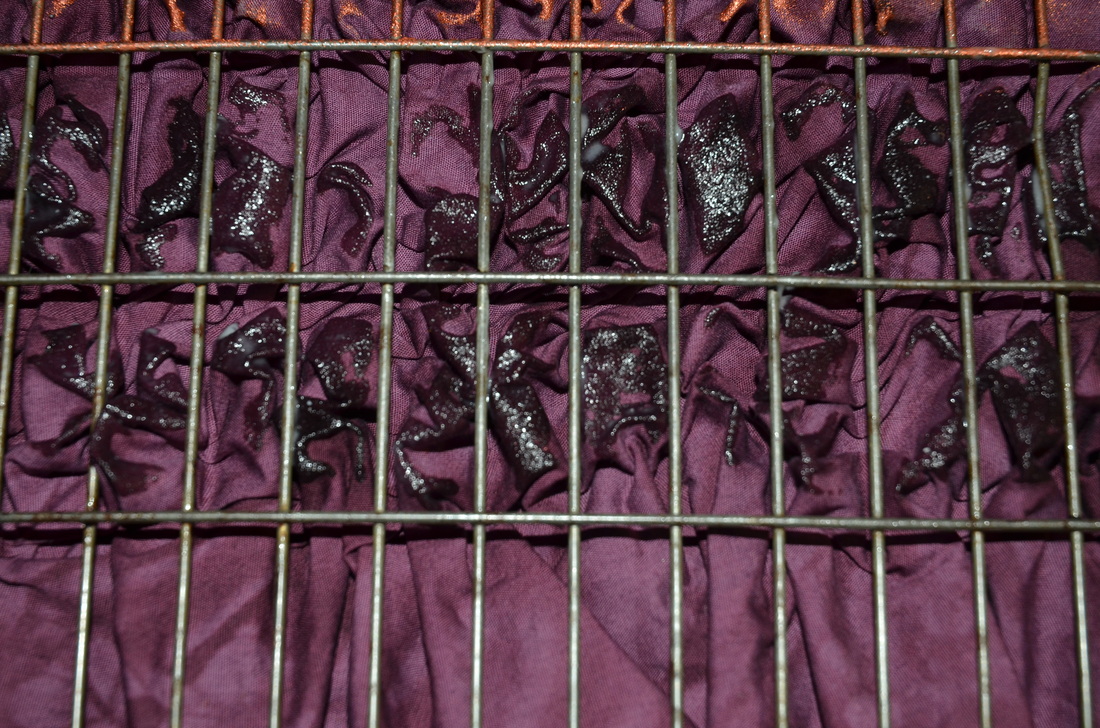
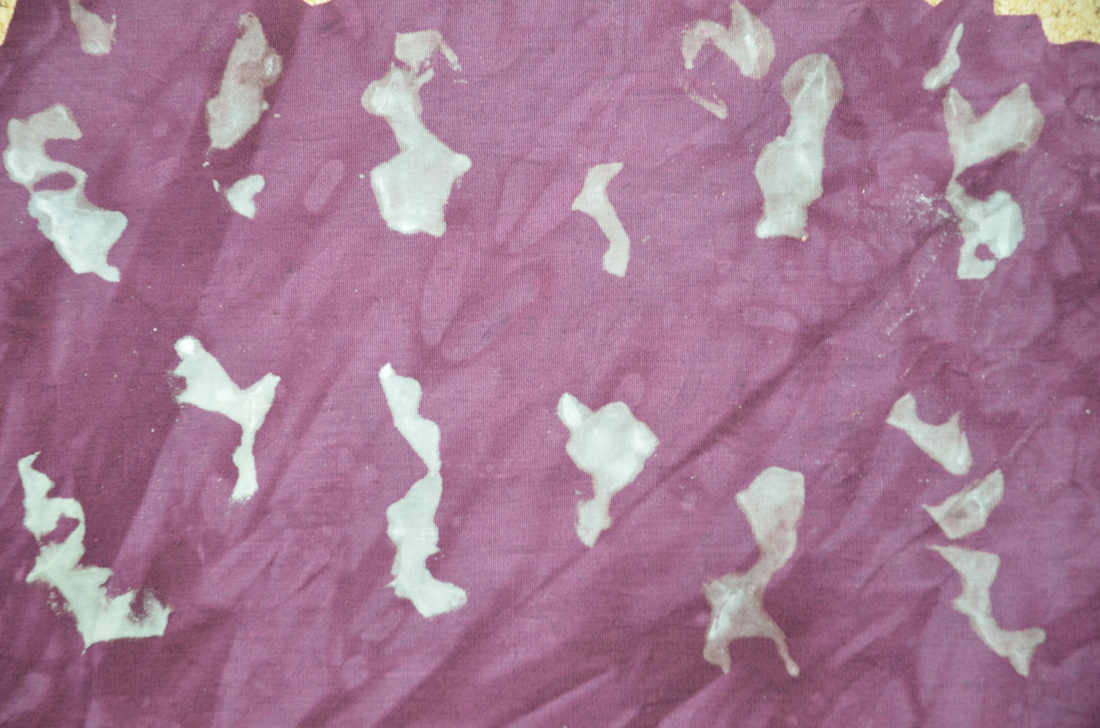
 RSS Feed
RSS Feed